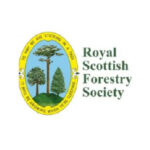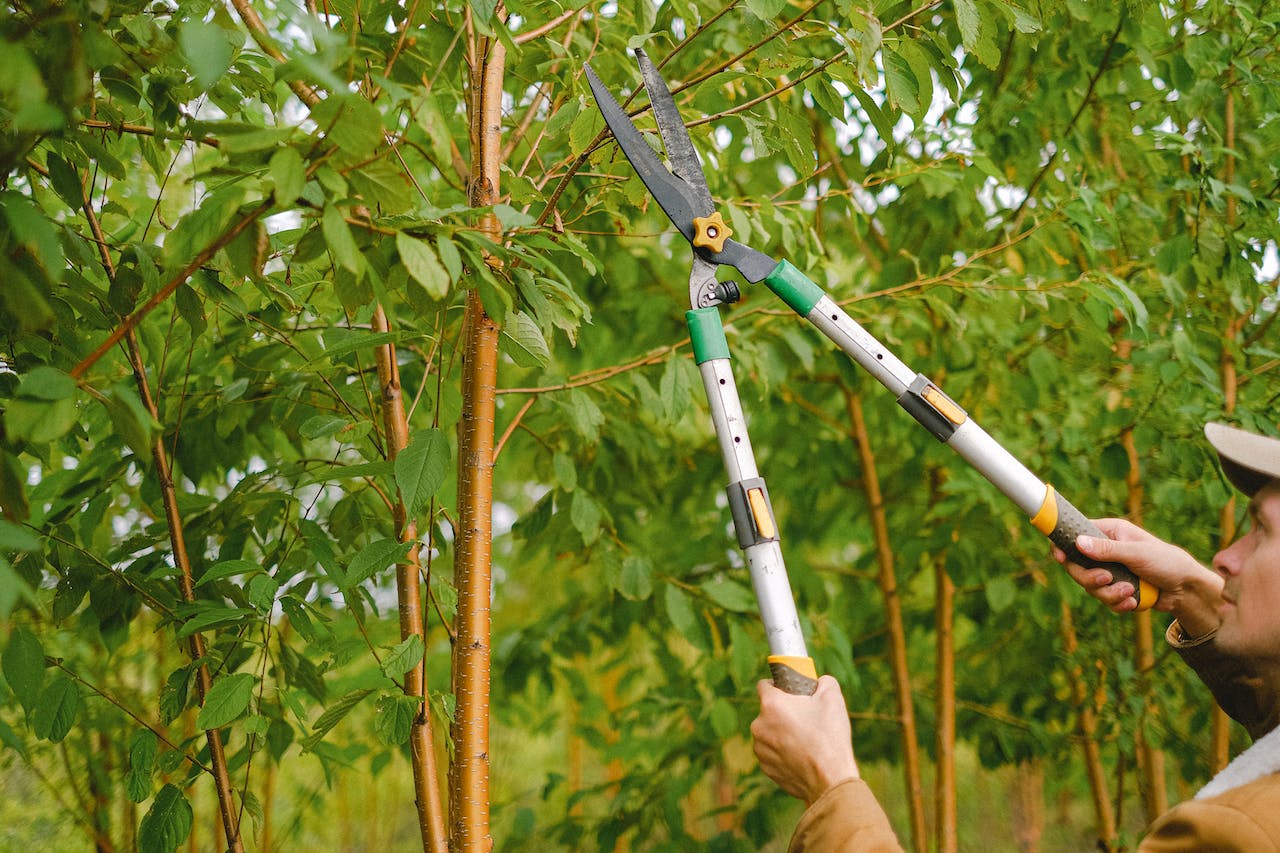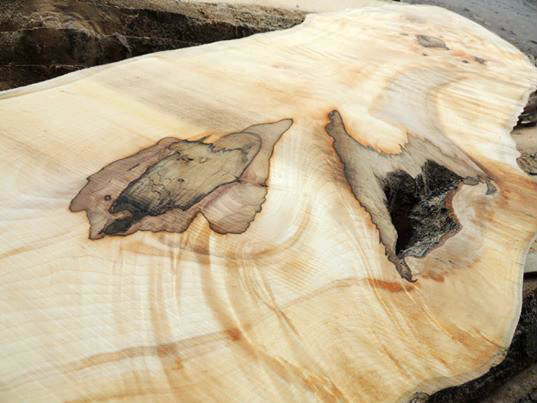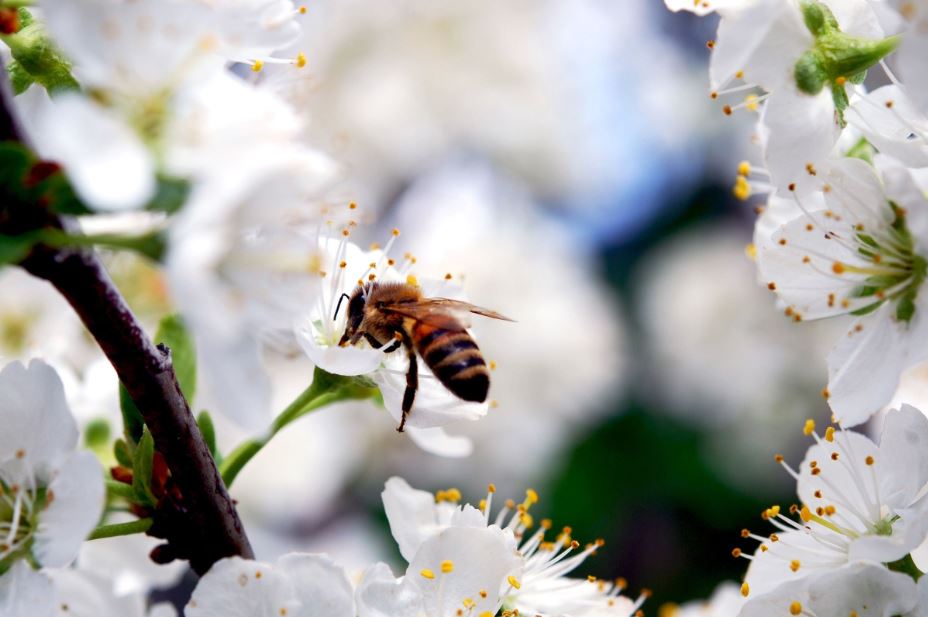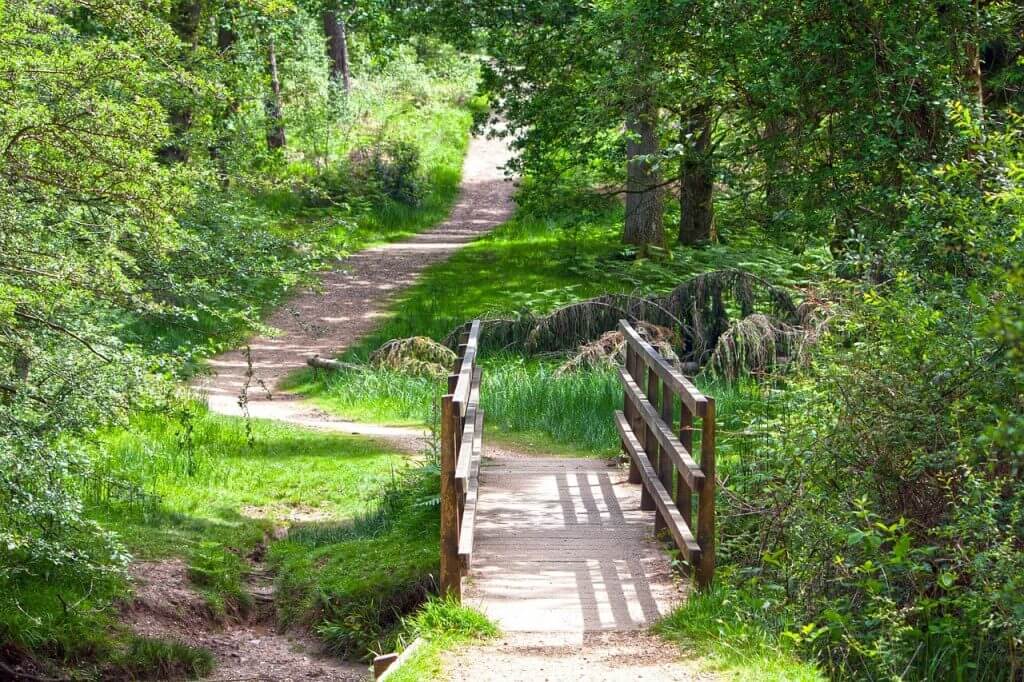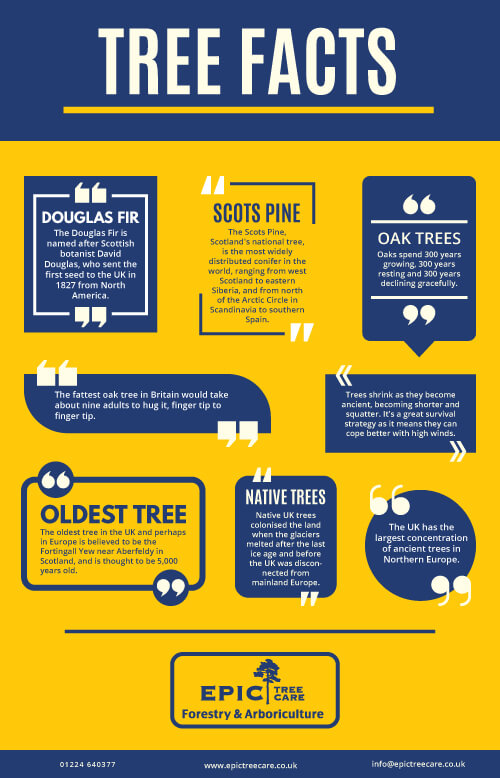Tree Pruning Advice
June 10, 2022
Deciduous & Evergreen Trees
Deciduous comes from the latin word ‘decidere’ which means “fall down or off”. Deciduous trees lose their leaves annually compared to Evergreen trees which hold onto their leaves all year round.
Pruning of Trees – Why, When and How?
To assist trees in working within their garden environments or public spaces and keep them from outgrowing their welcome, you may find that trees require their size or shape maintained and overall look tidied.
There are a few methods of doing this and a variety of reasons for tree pruning to be carried out. For example, some dead branches are a naturally occurring feature in trees, some species hold onto them longer than others, Oak in particular will keep the deadwood for a very long time. Removing these dead branches can be beneficial for the tree as the deadwood can impede growth, increase potential for pests, fungi and diseases, and generally look untidy- or in certain circumstances, even be unsafe.
Tree pruning, in essence, is the process of making selective cuts to branches and or twigs. The important part here is that the branch selection and location of the cut should be carefully considered. Sounds simple, but the type of pruning you want to carry out depends on a lot of factors, as a minimum you want to think about what your aim is, what the species will tolerate, any additional mitigating factors like diseases or season. Some tree species are not particularly bothered being cut back considerably, whereas others will require a gentler touch- pruning done badly can easily cause more harm than good! Tree pruning incorrectly performed may weaken the tree structure and affect its overall health in the long term, potentially reducing a (previously healthy) tree’s safe life span significantly. BS3998:2010 is the standard for Tree surgeons in the UK, it is what we work and advise to, sets safe limits for pruning, but even these should be adjusted depending on the tree species and season.
We have compiled the following tables to help you work out when is best to prune specific trees, give you a few things to look out for, and highlight the tree species which require that gentler touch and perhaps a little more research! Before you try to prune any trees you are fond of, we strongly recommend you look up proper tree pruning technique additionally to using this table, otherwise, properly qualified arborists and tree surgeons can always lend you a hand. Its isn’t all lopping and chopping if you are good at your job and Epic Tree Care Ltd take a great deal of pride in our pruning.
Deciduous Tree Pruning Table
Trees which lose their leaves in winter
Common Name | Genus | Tolerance to Hard Pruning | Optimum Time to Prune | Pruning Notes |
|---|---|---|---|---|
| Acer / Japanese Acer | Acer | Poor | Summer or mid winter | Prone to bleeding and stress growth if unsympathetically pruned. |
| Alder | Alnus | Fair | Late spring to summer | - |
| Apple | Malus | Good | Summer or mid winter | Winter Pruning encourages fruit production and vigorous growth. Summer pruning is best for maintaining tree size without encouraging a vigorous regrowth reaction. Avoid winter / autumn pruning due to risk of silverleaf unless required for fruiting. |
| Ash | Fraxinus | Fair | Late spring to summer | Due to the current threat of Ash dieback, we strongly recommend against any pruning, this weakens the tree and makes it more susceptible to the disease. If your tree is in a hazardous location, we recommend getting in touch with a qualified arboriculturist to check for any indications of the disease. |
| Beech | Fagus | Poor | Late spring to summer | - |
| Birch | Betula | Poor | Late summer or mid winter | Prone to bleeding |
| Cherry | Prunus | Fair | Summer | Avoid winter / autumn pruning due to risk of silverleaf unless required for fruiting. |
| Crab Apple | Malus | Good | Mid Winter, Summer | Winter Pruning encourages fruit production and vigorous growth. Summer pruning is best for maintaining tree size without encouraging a vigorous regrowth reaction. Avoid winter / autumn pruning due to risk of silverleaf unless required for fruiting. |
| Elm | Ulmus | Good | Late spring to summer | Avoid any pruning or removals where possible, this tree species in its mature form is now rare in the UK due to the widespread impact of Dutch elm disease. Impact of DED has been shown to be improved by removal of dead limbs on infected trees however. |
| Eucalyptus | Eucalyptus | Poor | Late spring to summer | Susceptible to frost |
| Hornbeam | Carpinus | Poor | Late spring to summer | - |
| Horse Chestnut | Aesculus | Poor | Late spring to summer | Avoid if possible as regrowth is weak and heartwood is quick to decay |
| Laburnum | Laburnum | Fair | Late summer, winter | Avoid winter / autumn pruning due to risk of silverleaf unless required for fruiting. |
| Larch | Larix | Poor | Late spring | Avoid any pruning if possible as buds only at shoot tips. Newest growth can be removed during the spring |
| Lime | Tilia | Good | Late spring to summer | - |
| London Plane | Platanus | Good | Late spring to summer | - |
| Maple | Acer | Fair | Summer to mid winter | - |
| Mulberry | Morus | Good | Mid winter | - |
| Oak | Quercus | Good | Late spring to late summer | - |
| Pear | Malus | Good | Mid winter to summer | Winter Pruning encourages fruit production and vigorous growth. Summer pruning is best for maintaining tree size without encouraging a vigorous regrowth reaction. Avoid winter / autumn pruning due to risk of silverleaf unless required for fruiting. |
| Plum | Prunus | Fair | Summer | Prone to drought, frost damage, avoid Autumn due to the risk of Silverleaf fungus |
| Poplar | Populus | Good | Mid winter | Prone to bleeding |
| Rowan | Sorbus | Poor | Late spring to summer | - |
| Sycamore | Acer | Fair | Summer or mid winter | Prone to bleeding (Field maple less susceptible) |
| Tree of Heaven | Ailanthus | Fair | Late spring to summer | - |
| Whitebeam | Sorbus | Poor | Late spring to summer | - |
| Willow | Salix | Good | Late spring to summer | Very fast growing |
Evergreen Tree Pruning Table
Trees which are green all year round
Common Name | Genus | Tolerance to Hard Pruning | Optimum Time to Prune | Pruning Notes |
|---|---|---|---|---|
| Cedar | Cedrus | Poor | Mid to late winter | Avoid any pruning if possible. Shoots will not grow from old wood – therefore prune lightly. |
| Cypress | Cupressus | Poor | Late spring to summer | Shoots will not grow from old wood – therefore prune lightly |
| Fir | Abies | Poor | Late summer or late winter | Avoid any pruning if possible. Shoots will not grow from old wood – therefore prune lightly |
| Hemlock | Tsuga | Fair | Late Summer or late winter | |
| Holly | Ilex | Fair | Mid to late winter | Very fast growing |
| Holm oak | Quercus | Poor | Mid to late winter | |
| Pines | Pinus | Poor | Late spring | Avoid any pruning if possible as buds only at shoot tips. Newest growth can be removed during the spring. |
| Spruce | Picea | Poor | Late summer or late winter | Shoots will not grow from old wood – therefore prune lightly |
| Thuja | Thuja | Poor | Early summer | Shoots will grow from old wood – however the process can be very slow and may take a very long time to recover. |
Looking for A Tree Surgeon to prune your trees?
Epic Tree Care Ltd have a team of qualified tree surgeons operating throughout Moray and Aberdeenshire. All recommendations are fully compliant with BS 3998 (2010) and Arboricultural standards. Contact us to arrange a no obligation, onsite visit from one of our qualified arborists, we are always happy to help with your tree pruning.
For Tree Surgery Services – call 01542 647607 or contact us at Epic Tree Care Ltd.
Found this article helpful? Leave us a review!
Telephone Number
Location
Craigenseat Farm, Crossroads, Keith, AB55 6LQ, United Kingdom
More from Epic Tree Care
Check our library of articles regularly, as we’re constantly growing our knowledgebase.

